Your cart is currently empty!
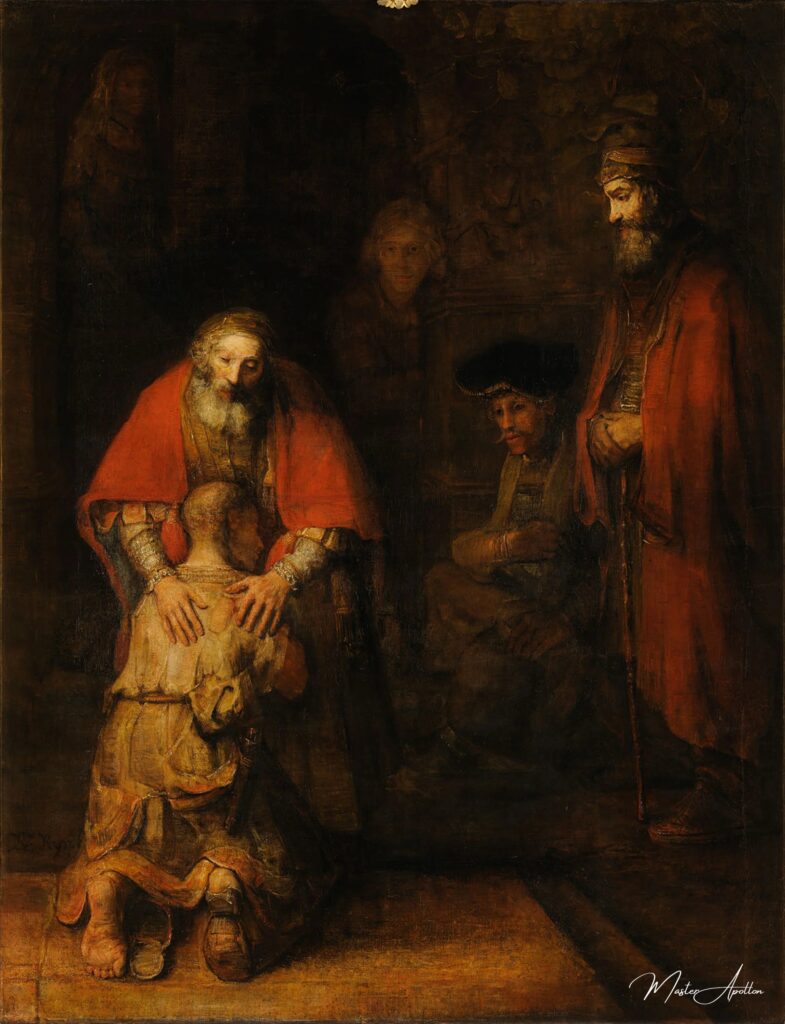
The Return of the Prodigal Son – Rembrandt van Rijn
Experience the profound emotional journey of “The Return of the Prodigal Son” by Rembrandt van Rijn, a timeless masterpiece that explores the themes of forgiveness, redemption, and the unconditional love of a father. Our highest quality oil painting reproduction captures the essence of this iconic work, allowing you to bring a piece of art history into your own space.
Every brushstroke and col…
Unconditional Forgiveness and Reconciliation in Rembrandt’s The Return of the Prodigal Son
Rembrandt van Rijn’s The Return of the Prodigal Son, painted between 1661 and 1669, is often hailed as one of his most emotionally profound works. Based on the biblical parable from the Gospel of Luke (Luke 15:11-32), the painting captures the climax of the story—when the repentant younger son, after squandering his inheritance, returns to his father seeking forgiveness. The father welcomes him with open arms, embodying unconditional love and mercy. Rembrandt’s interpretation of this theme through his brushstrokes transcends the narrative itself, reflecting deep spiritual and human truths.
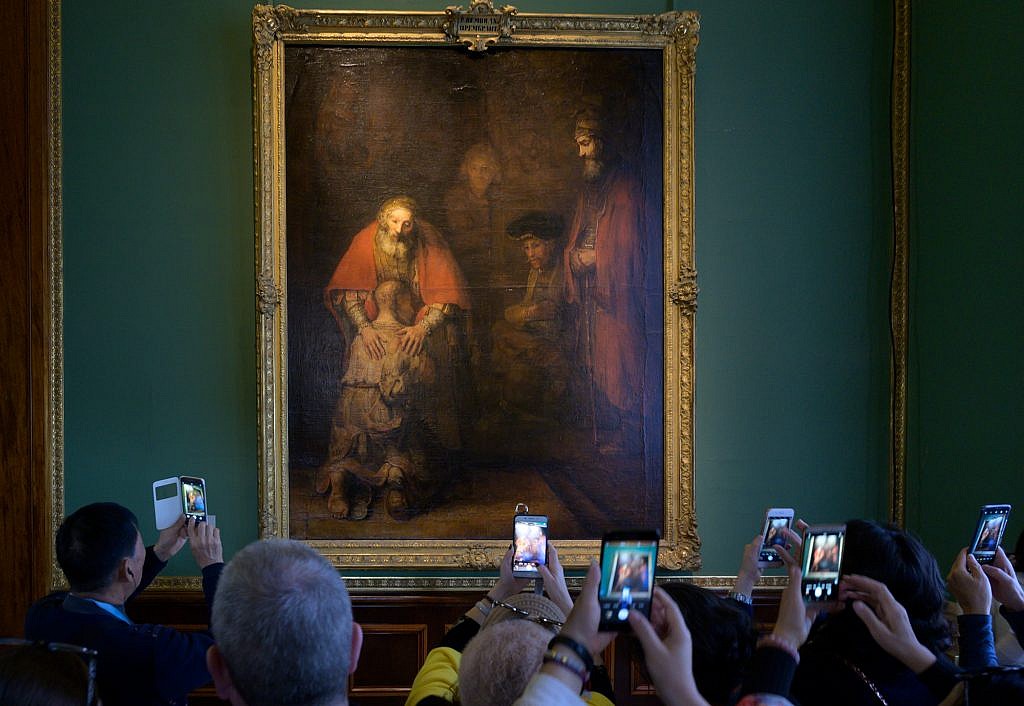
The core message of the parable is one of boundless compassion, reconciliation, and redemption. Through the father’s tender embrace of his son, Rembrandt communicates a universal truth that has resonated with audiences for centuries—the power of forgiveness. In the painting, the father’s hands rest gently on his son’s back, his face filled with empathy. In stark contrast, the son’s posture is one of abject humility, reflecting the weight of his regret and the relief of being welcomed back despite his sins.
This encounter between father and son not only reflects the possibility of redemption but also highlights the deep emotional intensity of forgiveness. It is a moment of spiritual victory, where love overcomes the mistakes and failures of the past. The painting’s appeal lies in this deeply human connection, which continues to captivate viewers from all walks of life. By focusing on the most poignant moment of the story, Rembrandt ensures that the message of forgiveness is immediate and profound, drawing people into a contemplation of their own capacity for love and mercy.
Light and Shadow, Physical and Spiritual
One of Rembrandt’s most famous techniques is his use of chiaroscuro—the dramatic contrast between light and dark. In The Return of the Prodigal Son, this method enhances the emotional and spiritual transformations of the characters. The father and son, bathed in soft light, stand out against the dim, shadowed background. This visual contrast symbolizes their spiritual emergence from the darkness of despair and estrangement into the light of forgiveness and love.
The delicate balance between light and shadow also plays a key role in directing the viewer’s attention. The warm glow that envelops the father and son not only highlights their physical proximity but also their emotional reconciliation. By contrast, the areas shrouded in darkness, such as the background figures and the elder son, serve to deepen the tension in the painting, reminding viewers that while forgiveness is possible, human relationships are often complicated and fraught with conflict.
The interplay of light and shadow is not just a technical mastery—it is a metaphor for the internal journey of the soul. As the father forgives, both he and the son are spiritually transformed, stepping into a new reality where past mistakes are no longer relevant, and only love remains. Through his use of chiaroscuro, Rembrandt underscores the painting’s spiritual themes and invites viewers to ponder the nature of grace and redemption in their own lives.
The Complexity of Human Relationships
Though the central focus is the reconciliation between the father and the prodigal son, Rembrandt’s painting does not shy away from depicting the complexities of family relationships. To the right of the father, the elder son stands stiffly, his arms crossed in disapproval. While physically present in the moment of reconciliation, the elder son remains emotionally distant, his posture and expression betraying his resentment. This adds a layer of tension to the painting, as the elder son’s reaction highlights the challenge of accepting his brother’s return and the father’s seemingly unfair forgiveness.
The elder son represents a different side of the human experience—one where justice and resentment seem to outweigh forgiveness. His emotional distance contrasts with the father’s warmth, emphasizing the multifaceted nature of love and forgiveness within families. It also opens the door to questions about fairness and the emotional costs of reconciliation. How does one navigate the tension between justice and mercy? Can unconditional love extend even to those who have betrayed our trust?
The inclusion of ambiguous background figures further enriches the narrative, inviting speculation about their roles within the scene. Are they witnesses to the father’s mercy? Are they servants or members of the household, silently watching the drama unfold? Rembrandt intentionally leaves their identities unclear, allowing viewers to reflect on their possible significance and the role of bystanders in moments of personal and spiritual transformation.
The Culmination of a Master’s Career
The Return of the Prodigal Son is widely regarded as one of Rembrandt’s late masterpieces. Painted toward the end of his career, it reflects the artistic and spiritual maturity he had achieved by that time. In contrast to his earlier, more energetic works, this painting is marked by its quiet intensity and contemplative mood. The simplicity of the composition belies the depth of its emotional and spiritual resonance.
Critics and art historians have praised the painting for its masterful execution and profound themes. British art historian Kenneth Clark once remarked that those who had seen the original painting in St. Petersburg might be forgiven for calling it “the greatest picture ever painted.” Its emotional depth has captivated audiences for generations, and its spiritual message continues to inspire.
The painting’s subject matter draws directly from the biblical parable, but Rembrandt transforms it into a universal meditation on human nature and divine mercy. The parable illustrates God’s boundless compassion and the joy of reconciliation, but Rembrandt’s interpretation reaches beyond the religious context to touch on the deeper themes of love, loss, and the search for redemption that are central to the human experience.
Enduring Influence and Reflection
Rembrandt’s The Return of the Prodigal Son has had a lasting impact on both art and theology. Its spiritual significance has been explored by writers and scholars, most notably the Dutch priest Henri Nouwen, who wrote a book reflecting on the painting’s themes. Nouwen saw in the painting not just the story of the younger son, but also the elder son’s need for healing and forgiveness. In Nouwen’s view, both characters represent aspects of Rembrandt’s own life, and both needed to find their way back to love and reconciliation.
The painting’s quiet power lies in its ability to draw viewers into the intimate moment between father and son, and its timeless message of forgiveness resonates with people of all cultures and faiths. Art historian H. W. Janson remarked that The Return of the Prodigal Son might be Rembrandt’s most moving painting, describing it as “a moment stretching into eternity” where the viewer is enveloped in the tender silence of the scene.
Conclusion
The Return of the Prodigal Son is more than just a depiction of a biblical story—it is a timeless reflection on forgiveness, reconciliation, and the human condition. Through his masterful use of light, shadow, and composition, Rembrandt invites viewers to contemplate their own experiences with love, loss, and the possibility of redemption. It is a painting that transcends its religious origins to speak to the universal longing for mercy and the enduring power of unconditional love.
Rembrandt van Rijn
Rembrandt van Rijn was a masterful Dutch Golden Age painter and printmaker, renowned for his innovative use of light and shadow, emotional depth, and masterful portraiture, making him one of the greatest artists in history.
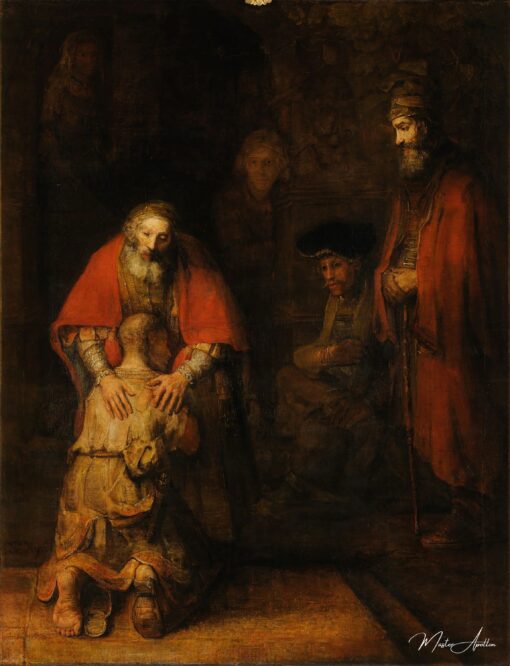
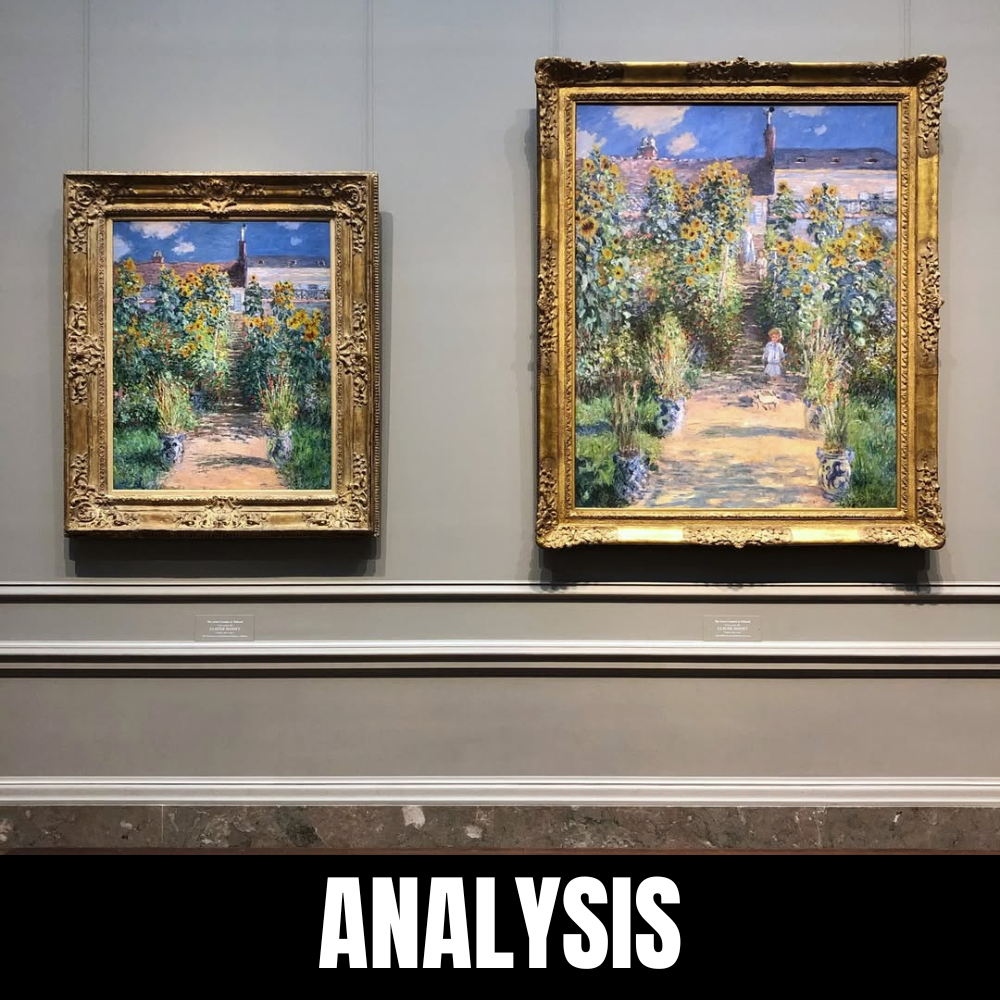
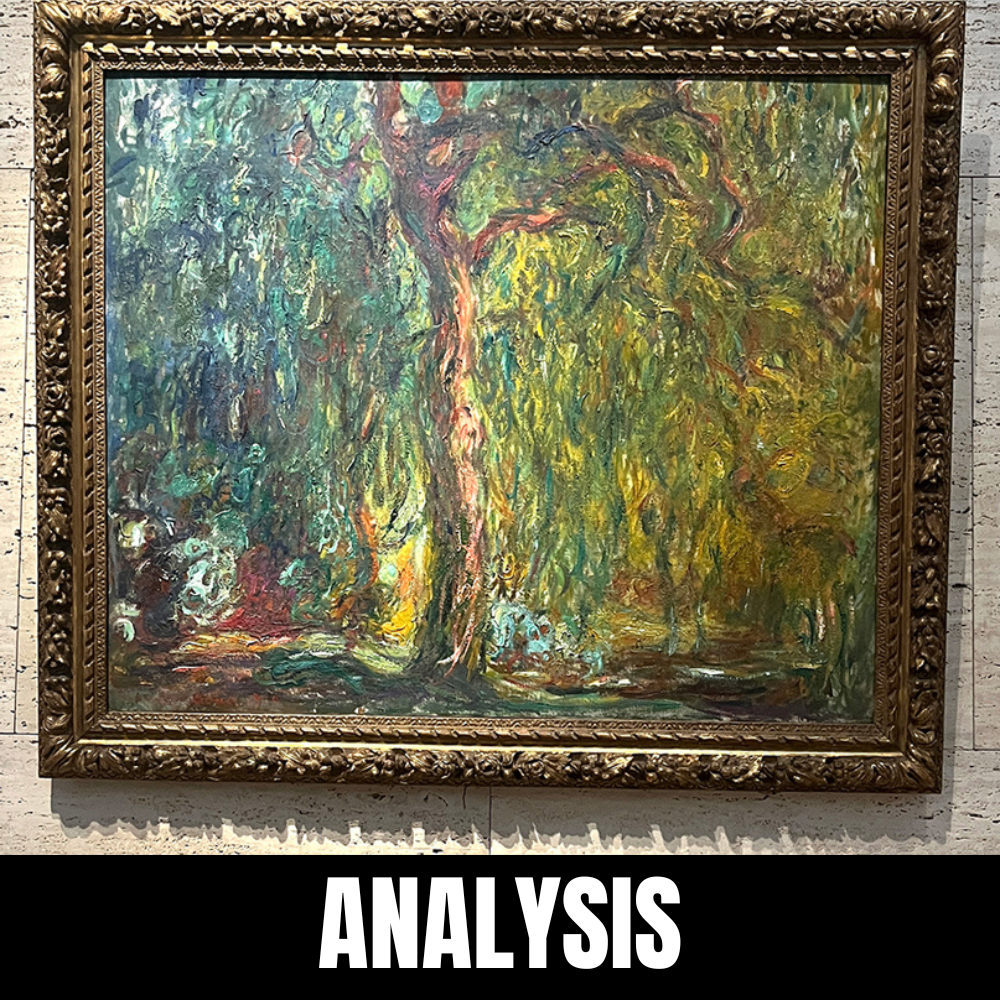
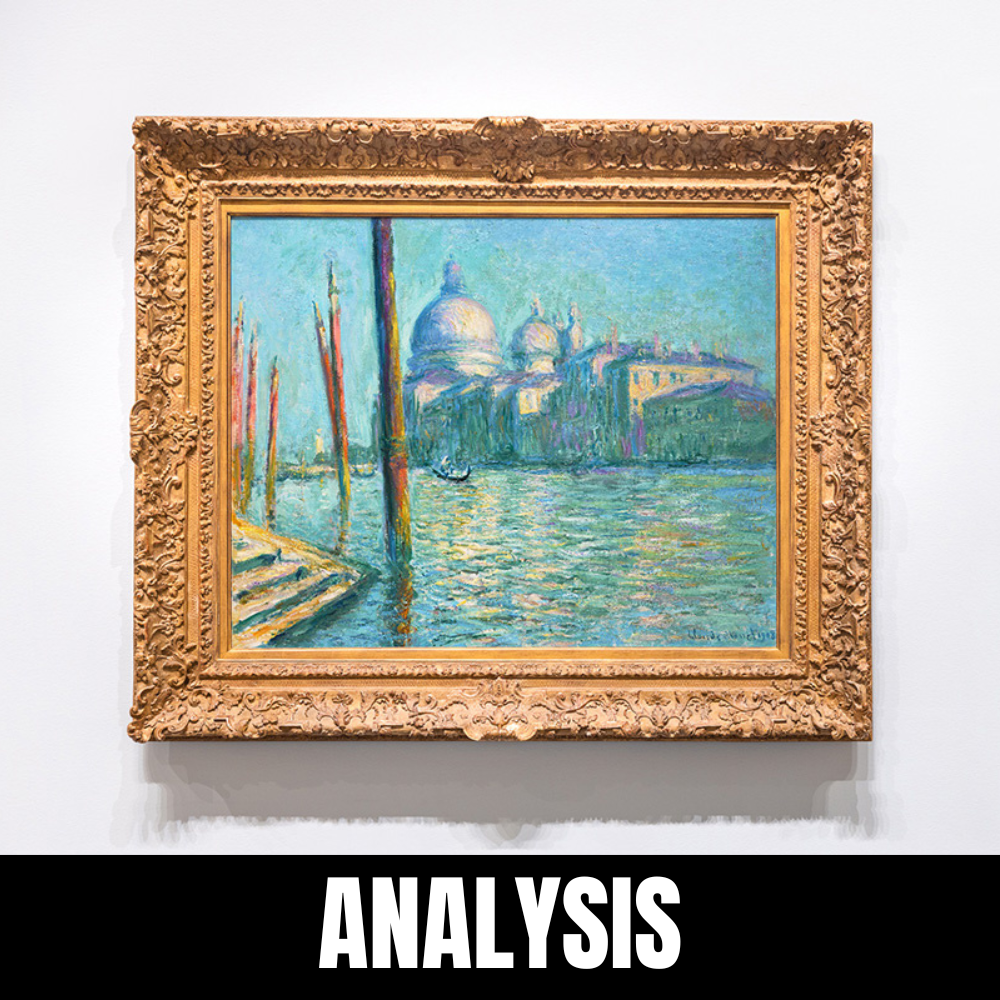
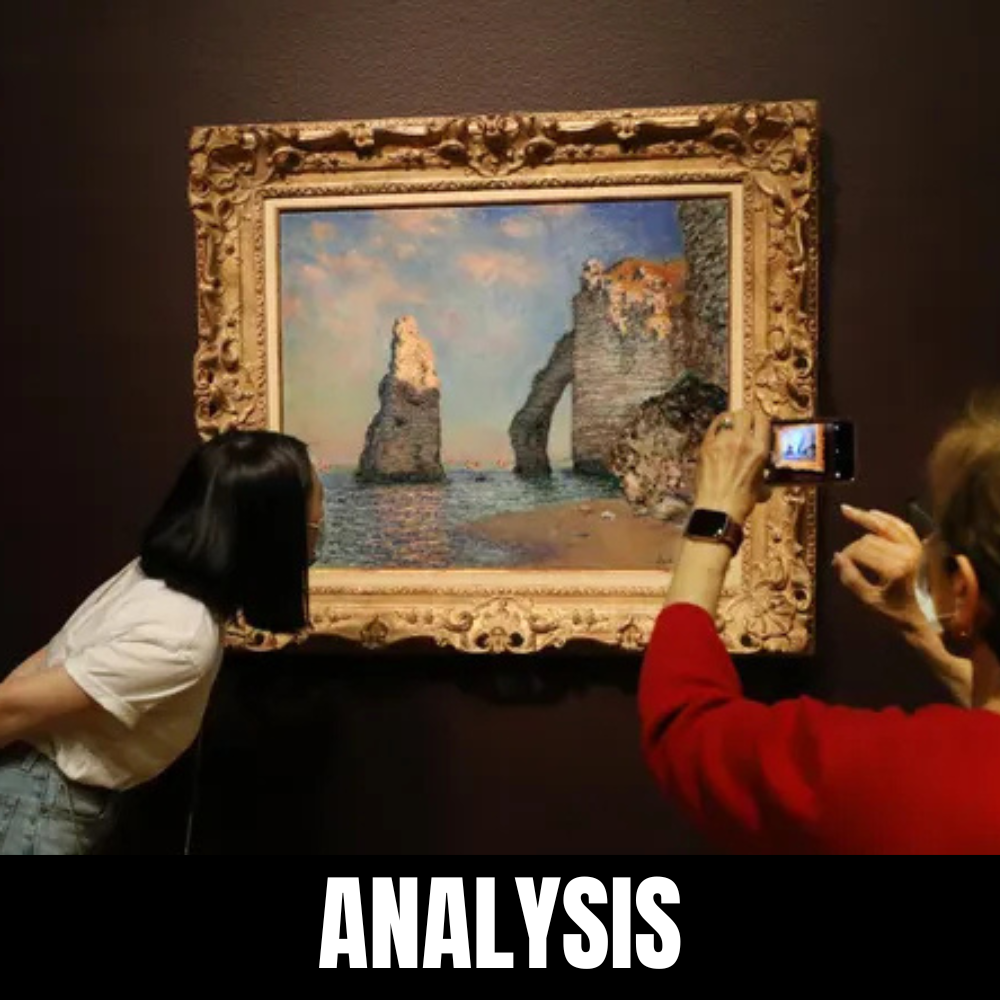
Leave a Reply